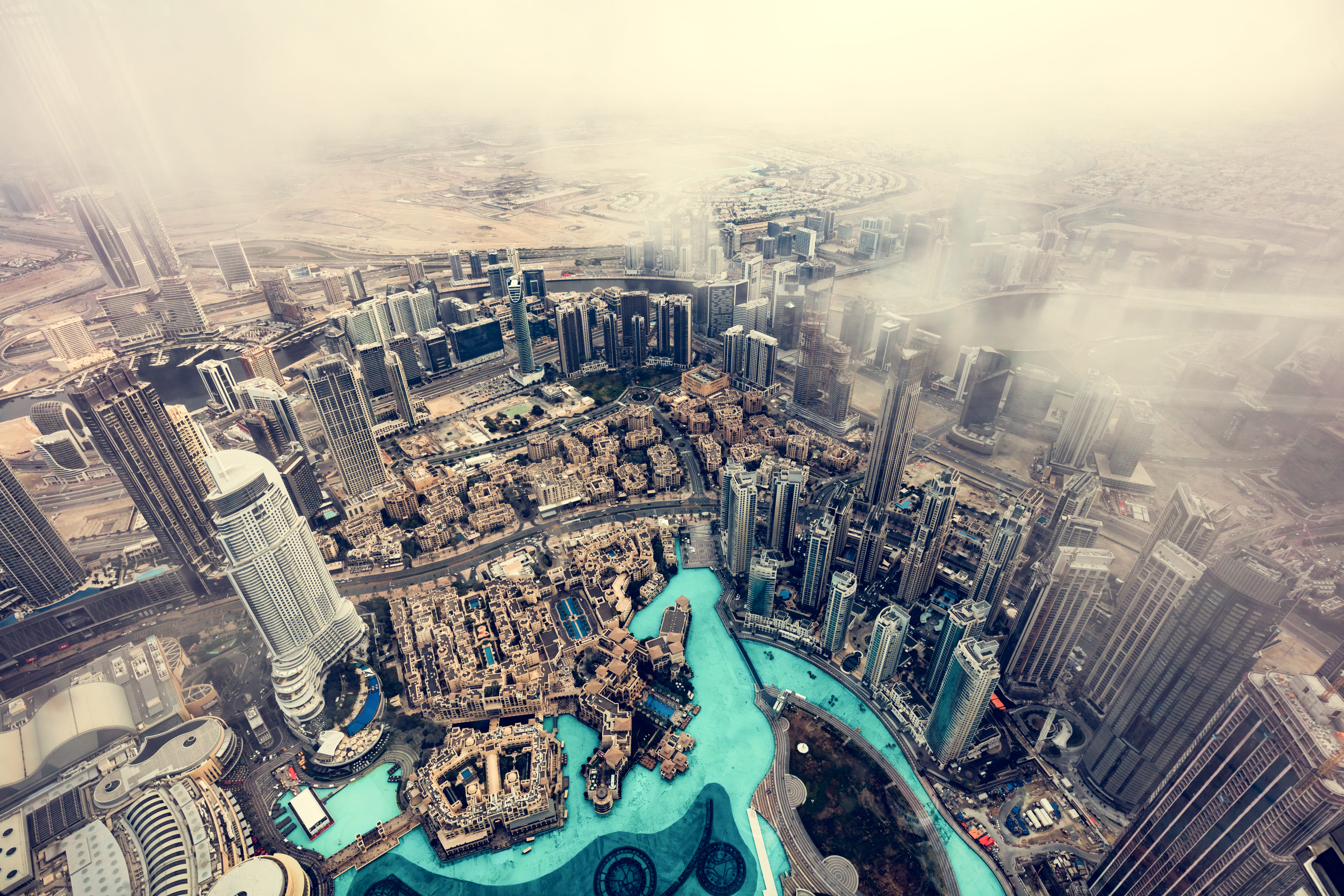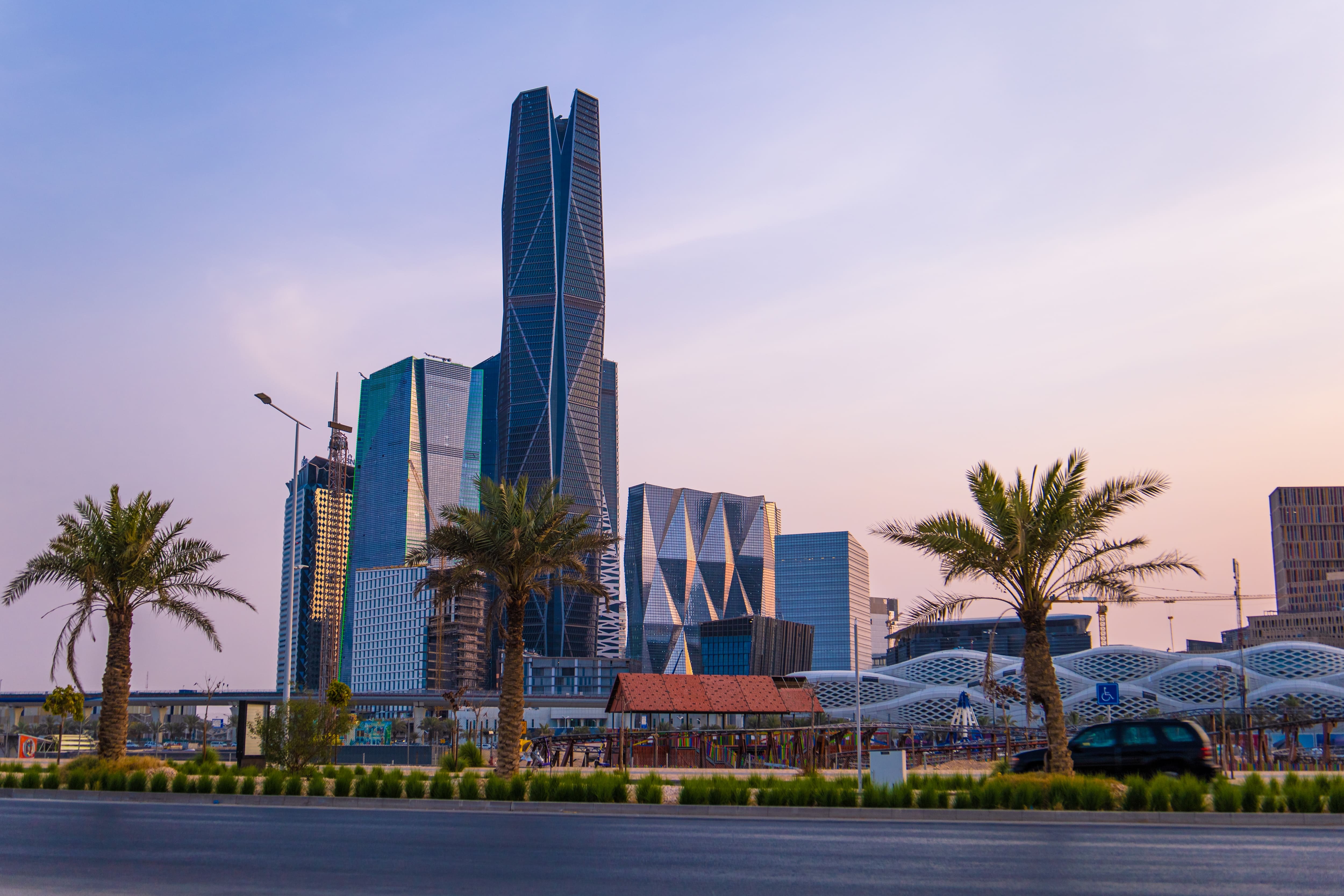Bonfire Night: Did You Know
November 1st 2023
Bonfire Night: Did You Know?
As the much-awaited Bonfire Night approaches, we eagerly anticipate the festivities that come with it - the colourful fireworks lighting up the sky, the sparklers we wave around, and the delicious treats we savour. However, do we truly understand the significance of this occasion?
Bonfire Night, also known as Guy Fawkes Night, commemorates the failed Gunpowder Plot of 1605. It was a sinister plan by a group of conspirators, led by Guy Fawkes, to blow up the Houses of Parliament in London, England, during the State Opening of Parliament. The plotters were Catholics who were unhappy with the oppression of their religion under the Protestant King James I.
The plot was foiled when an anonymous letter was sent to the authorities, warning them of the impending attack. The letter led to the discovery of Guy Fawkes guarding the explosives in the Parliament basement, and he was subsequently arrested and tortured.
Bonfire Night has been celebrated in the UK for over 400 years, and it has become an essential part of the country's cultural heritage. People light bonfires and set off fireworks to commemorate the occasion, and effigies of Guy Fawkes are often burned on the bonfires.
So, as we gear up for another year of Bonfire Night celebrations, let us remember the history and significance of this occasion and remember the events that led to its inception.
Not celebrating bonfire night was once illegal
Before 1959, residents of Britain needed to celebrate Bonfire Night. However, there was only one exception to this rule, and that was St Peter's School in York. The school was excused from burning a picture of Guy Fawkes, their former student, out of respect for him. During the First and Second World Wars, the public was prohibited from setting off fireworks or lighting bonfires. As a result, people celebrated this festival indoors to avoid revealing their location to the enemy and to protect themselves.
The gunpowder Plot date is the reason for the bonfire date
The 5th of November is an essential date in history as it marks the day the Gunpowder Plot was foiled. In 1605, a group of conspirators, which included Guy Fawkes, designed a plan to blow up the Houses of Parliament to assassinate King James I and many members of Parliament. This event is the origin of Bonfire Night.
You can see the lantern of Guy Fawkes
It is believed that the lantern which Guy Fawkes was holding when he was captured in the cellars of Parliament is now housed in the Ashmolean Museum in Oxford. This historic object was donated to the University of Oxford by Robert Heywood, and later, it was transferred to the Ashmolean Museum, where it remains on display today.
The Yeomen of the Guard still search the premises of the Parliament
Just in case anyone tries to mimic Guy Fawkes this Bonfire Night.
Ottery St.Mary has it is own tradition
During Bonfire Night, the locals of an East Devon village celebrate a unique tradition by taking turns carrying large barrels of burning tar on their shoulders. It's an event not to be tried at home. If you're interested in experiencing this tradition, you can book one of these cottages in Devon and enjoy Bonfire Night here.
The invention of fireworks was an accident
In the 10th century, a Chinese cook inadvertently invented fireworks by combining three common kitchen ingredients: sulphur, charcoal, and a salt substitute. When the mixture was ignited, it produced a display of colourful flames. This fascinating historical anecdote makes our following Bonfire Night fact a beautiful disaster!
Thirty-six barrels of gunpowder would have destroyed London
If Guy Fawkes and his accomplices had succeeded, they would have destroyed the Houses of Parliament, causing damage to surrounding buildings and transforming the city of London. According to research, the 2,500kg of gunpowder would have obliterated Westminster Hall and the Abbey. Ironically, the cellar where the gunpowder was stored was accidentally destroyed by fire in 1834.
There is an island named after Guy Fawkes
It's worth noting that there is a mysterious fact about Bonfire Night. There is an uninhabited island situated northwest of Santa Cruz Island in the Galapagos Islands called Isla Guy Fawkes or Guy Fawkes Island. However, why the island bears this name remains to be discovered. Perhaps it was where Guy Fawkes had planned to escape, but the mystery still lingers today.
1000-1500°c 1000-1500 degrees is the average heat of a sparkler
This means three of them burning together can emit heat equivalent to a blowtorch. Therefore, it is crucial to extinguish them in a bucket of water to prevent any mishaps.
Queen Elizabeth 1
Queen Elizabeth I was so fond of fireworks that she created a title for the best fireworkmaker in the country. The lucky recipient of this accolade was called the "Fire Master of England". It must have been a great honour to receive such recognition from the former monarch.
































































